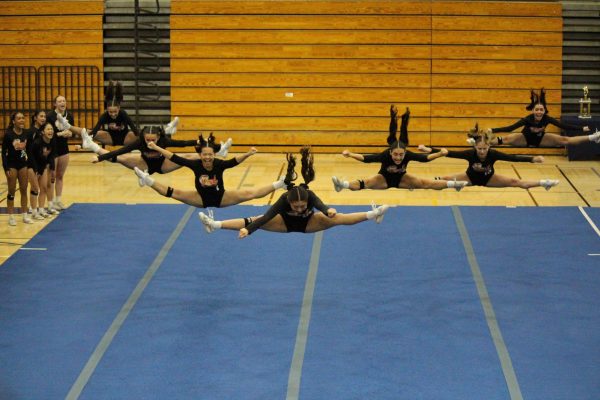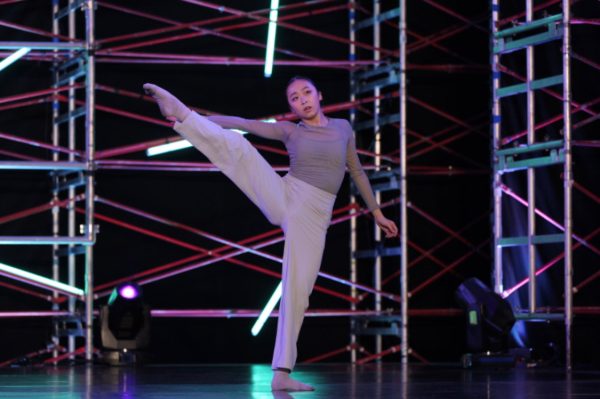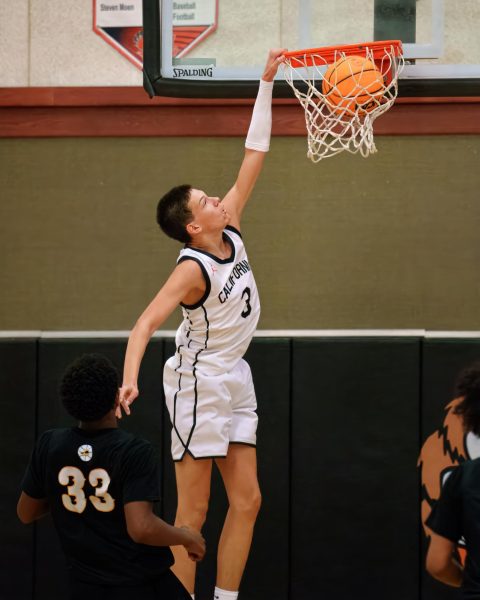Severe injuries on the rise
Injuries are bound to happen no matter what the sport. Torn ligaments, broken bones, and even concussions are all risks athletes take by playing their favorite sports.
But are the consequences worth it?
Senior Sean Molloy suffered from a serious concussion during March of his sophomore year. Molloy was in his sports conditioning class when the incident occurred.
“I was playing foot hockey when I got decked into a cement wall in the gym,” said Molloy.
Molloy, a former lacrosse player, could no longer watch TV, surf the Internet or use his phone without getting headaches.
He couldn’t go to school for a month either. Doctors advised Molloy to stop playing lacrosse because of the risks of sustaining another concussion and missing more school.
“It’s sad because I love sports, but I understand school comes first,” said Molloy.
Fifteen percent of concussions in all sports-related injuries are suffered by high school athletes, according to a recent article in the San Ramon Valley Times.
The article states that 173,285 sports-related traumatic brain injuries, including concussions, are treated at U.S. emergency rooms each year for youth 19 and under.
Cal High’s sports medicine teacher and athletic trainer Achilles Walker treats every head injury as though it could be very serious. But each injury is different for each athlete.
“What affects one athlete is different from the effect it has on another,” said Walker.
Memory loss, nausea, headaches, and blurred vision are all symptoms resulting from injuries to the head.
But Sherry Posnick-Goodwin writes in her article “Friday Night Lights Out” that appeared in California Education magazine that a concussion may not be seen, or athletes may not demonstrate the symptoms of a concussion until a few hours or even days after the injury took place.
Every Cal athlete who sustains a concussion is given a series of stress tests to determine if he or she can return to his or her sport. The stress tests consist of agility drills, jogging, and specific tests that differ for each sport.
Head injuries in football grabbed national headlines in September when many retired professional players sued the NFL for not knowing the long-term effects of taking many hits to the head. The NFL has agreed to pay $765 million to those players affected long term.
Many players, including former San Francisco 49ers tight end Brent Jones and defensive lineman George Visger, retired early because of multiple concussions. Visger, had nine brain surgeries and now has to write everything down in a journal because he would soon forget everything.
“I hate the NFL…I expected to be injured…But I never expected to not be able to remember the last 20 years of my life,” said Visger in a recent San Ramon Valley Times article.
Although concussions grab most of the headlines recently when it comes to sports injuries, they’re not the only serious injuries students sustain.
After tearing her ACL three times and undergoing three surgeries, senior Katie Flom’s basketball career is over.
“After the second time I tore my ACL, I was positive it wouldn’t happen again,” said Flom, whose knees have made it hard for her to do any kind of physical activity.
Junior Jordyn Pierce suffered a sprained left ankle playing basketball two months ago, but he was only out for two weeks. Pierce says if she were to get hurt again , it might as well happen while playing the game she loves.
“It’s good to get hurt by playing the sport you love, but it sucks to be out for so long,” Pierce said.
Pierce, now back on the court, says her ankle doesn’t affect her while playing basketball, but she feels the pain after games. She continues to ice her ankle regularly.
Ankles are a very common injury when playing sports. Junior Joe Stephen broke the growth plate in his right ankle during seventh grade. Four years later, Stephen’s ankle still affects him when playing sports.
“It would hurt a lot with each hit in football to the point where I couldn’t even walk,” said Stephen.



